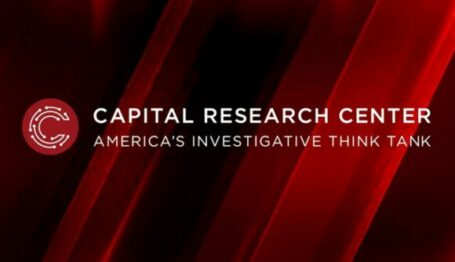Blog
Obama, Annenberg, Ayers-2
How well did Obama know Bill Ayers? Was he “some guy who lives in my neighborhood”? Here’s a well-informed and well-reasoned blog speculating about how Barack Obama became chairman of the Chicago Annenberg Challenge and why that position was so significant. University of Santa Clara law professor Steve Diamond considers how prominent Chicagoans, including the family of ex-Weatherman William Ayers, helped secure this important post for the 33-year-old Obama.
Diamond notes that education reform in Chicago, as in many other cities, has consisted of a struggle between corporate and foundation elites, who think they can use outside money and expertise to reform the schools bureaucracy, and community activists, many of them academic radicals their heads full of Marxist theories, who think a grassroots schools takeover is but a stage in a greater political upheaval. In Chicago, Thomas Ayers, retired CEO of the utility Commonwealth Edison (now Exelon), and his son William, a University of Illinois education professor, represented the two sides of this often confused and rancorous debate. Diamond thinks Obama was skillful enough to take advantage of the debate and benefit from it politically.
Pending a review of the exhaustive archives of the Chicago Annenberg Challenge made public on Tuesday, Diamond recently looked into a smaller collection of Annenberg materials maintained at Brown University. In a follow-up blog he reports that he read Ayers’ grant proposal to the Annenberg Foundation requesting a $50 million grant and proposing a radical decentralization of Chicago schools with a transfer of hiring authority to “local schools councils.” Diamond finds Ayers’ proposal comparable to other leftist “anti-bureaucratic” reforms, noting that Ayers has since written articles applauding school reform in Venezuela under Hugo Chavez.
Ayers’ proposal called for three entities: 1) a high prestige Chicago Annenberg Challenge (CAC) oversight board of big name Chicagoans, which Obama chaired, 2) a “School Reform Collaborative” directed by Ayers to assess specific grant proposals and decide who got Annenberg money, and 3) a research arm to evaluate the effectiveness of the Annenberg program grants.
Diamond read the reports CAC submitted to the Annenberg Foundation during the years 1995-2000. Ayers was involved during the entire period; Obama resigned in 1999. He says they mainly concern how it spent $2 million on “Leadership Development Initiatives” to recruit and train people to become members of the proposed local schools councils and how it raised $60 million in matching funds from corporations and other foundations to supplement the Annenberg grant.
What were the results of all this effort? At the same time that Obama and Ayers were developing the local schools council concept, Mayor Daley was pushing reform legislation through the Illinois state legislature giving himself authority over the city’s schools. CAC and Daley were moving in opposite directions.
A 2003 CAC final report on the effectiveness of the Annenberg grant compared test scores in so-called Annenberg schools, which had received the benefit of some $150 million in outside grant money, to test scores in comparable schools. It concluded:
“There were no statistically significant differences in student achievement between Annenberg schools and demographically similar non-Annenberg schools. This indicates that there was no Annenberg effect on achievement.”
Diamond’s blogs and many links contain a wealth of information about Chicago political and social connections, which Obama mastered, and Annenberg Foundation proposal-writing and grant-making, which accomplished nothing. Diamond can’t prove how close Obama was to an “unrepentant terrorist,” but he does show why it was useful for Obama to cultivate ties to Chicago’s 1997 “Citizen of the Year.”



